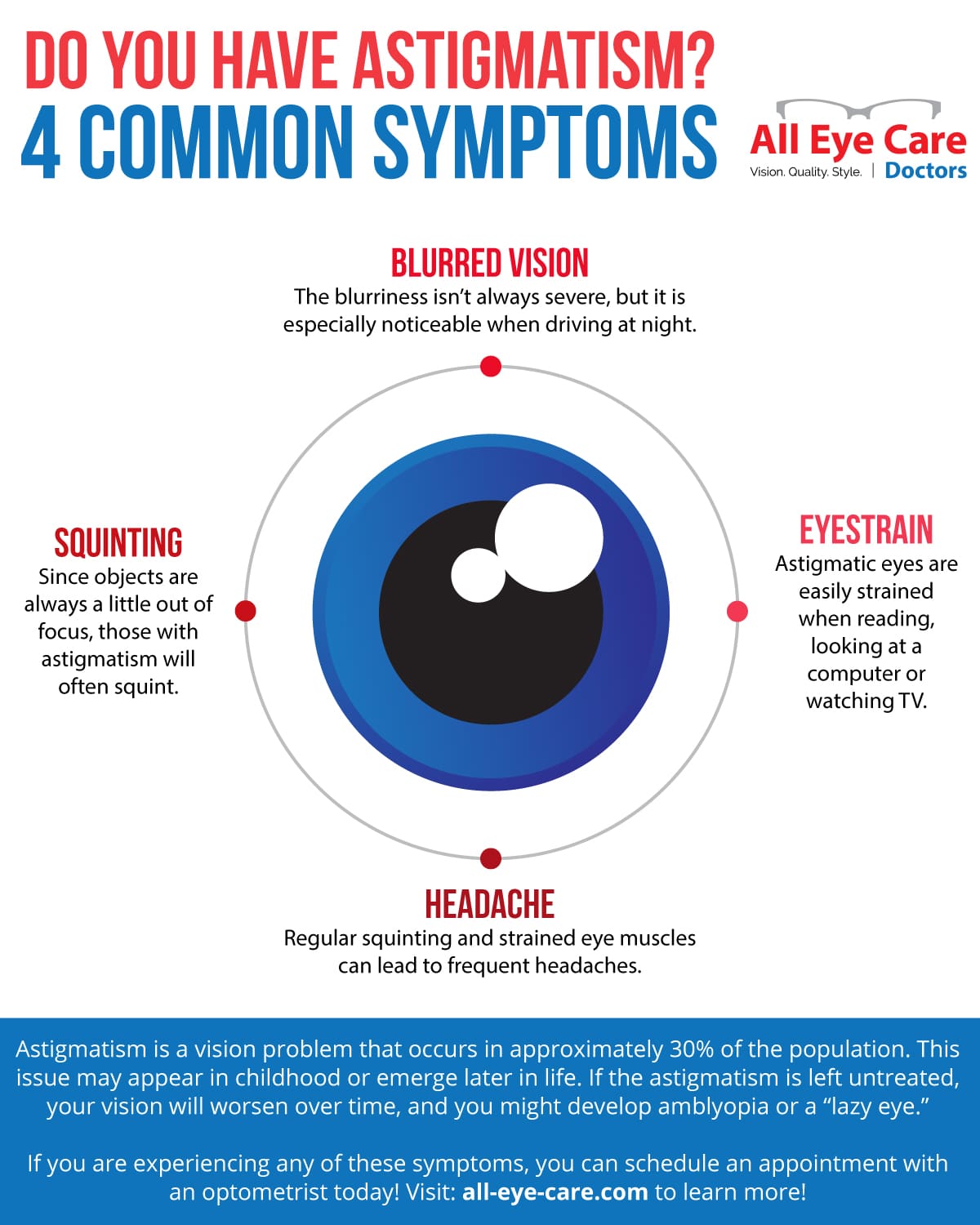The Development Of Modern Cataract Surgical Procedure Methods: A Complete Assessment
The Development Of Modern Cataract Surgical Procedure Methods: A Complete Assessment
Blog Article
Produced By-Burton Humphrey
As you explore the evolution of innovative cataract surgery strategies, you'll witness a journey noted by ingenuity and precision. From ancient methods that paved the way for modern-day technologies to cutting-edge innovations that are changing the field, the detailed summary of cataract surgical treatment techniques is a testament to human progression and dedication to enhancing person outcomes. The detailed interplay in between historical techniques and futuristic improvements creates a fascinating narrative that clarifies the advancement of one of the most common procedures worldwide.
Historic Strategies and Innovations
Explore how very early cosmetic surgeons transformed cataract treatment by using innovative strategies and devices. In the past, cataract surgical treatment was a high-risk and excruciating procedure. Nonetheless, ancient Indian physicians were among the very first to try surgical treatments for cataracts, using a technique called 'formulating' where a sharp instrument was used to push the cataract back right into the eye. This approach, though crude by today's requirements, prepared for future advancements in cataract surgery.
As time proceeded, Arab medical professionals made substantial payments by developing specialized needles for cataract removal. These needles were used to penetrate the cataract and after that remove it from the eye, noting a considerable renovation in surgical accuracy.
Later on, in the 18th century, the French specialist Jacques Daviel pioneered the method of extracapsular cataract extraction, where the entire lens was eliminated undamaged with a bigger incision. Read the Full Piece of writing marked a major improvement in cataract surgical procedure methods, paving the way for the contemporary treatments we make use of today.
Modern Surgical Approaches
Early strategies in cataract surgery have actually evolved dramatically, resulting in the development of contemporary medical strategies that prioritize precision and boosted patient results. Modern cataract surgical procedure currently often involves a procedure called phacoemulsification, where an ultrasonic device separate the cataract for removal through a little cut. This technique permits quicker recovery and decreases the risk of problems contrasted to older approaches.
Furthermore, using https://www.forbes.com/sites/leebelltech/2018/01/25/the-latest-laser-eye-surgery-innovation-shaking-up-the-health-industry-and-anyone-can-do-it/ (IOLs) has changed cataract surgical procedure results. These lenses can remedy not only the cataract yet likewise other refractive mistakes like astigmatism, decreasing the requirement for glasses post-surgery.
Surgeons today likewise have accessibility to innovative imaging innovations that help in precise preoperative preparation and intraoperative decision-making. Optical comprehensibility tomography (OCT) and various other imaging modalities provide detailed photos of the eye's frameworks, permitting a more customized strategy to every person's surgical treatment. With these innovations, modern cataract surgical treatment strategies remain to boost, using clients much safer procedures and better visual results.
Arising Technologies in Cataract Surgical Procedure
With developments in innovation changing the field, cataract surgery is experiencing the assimilation of ingenious methods for boosted person results. Arising technologies in cataract surgical procedure are improving the landscape of ocular treatments. One such development is femtosecond laser innovation, which permits specific corneal lacerations, capsulotomies, and lens fragmentation, causing boosted medical accuracy and results.
Additionally, intraoperative aberrometry is gaining appeal, enabling real-time measurements of refractive mistakes during surgical treatment to improve intraocular lens power calculations and reduce postoperative refractive shocks.
Additionally, using sophisticated imaging modern technologies like optical coherence tomography (OCT) and intraoperative wavefront aberrometry aids surgeons in specific medical planning and implementation. These tools provide in-depth physiological details and help personalize surgical strategies for each patient's one-of-a-kind eye characteristics.
Additionally, developments in artificial intelligence are being checked out to aid in preoperative preparation, intraoperative decision-making, and postoperative care, potentially optimizing surgical outcomes and client satisfaction. Welcoming these emerging modern technologies in cataract surgery holds guarantee for additional improving client end results and making sure the continued advancement of ocular surgical strategies.
Conclusion
As you journey through the background of cataract surgical procedure, you witness the makeover from ancient techniques to cutting-edge innovations. Like a phoenix metro increasing from the ashes, cataract surgery has actually developed right into a sign of hope and technology.
Just as a caterpillar emerges from its cocoon as an attractive butterfly, cataract surgical treatment has blossomed right into a refined art kind, offering people clearer vision and a brighter future.
The development continues, radiating a light on endless possibilities.
